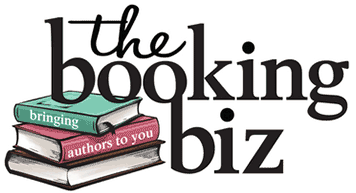Whether they’re former teachers or have learned through years of school visits, our clients know the best ways to get young students excited about writing, reading and even science… all through books.
Here are our best tips to teach…
WRITING
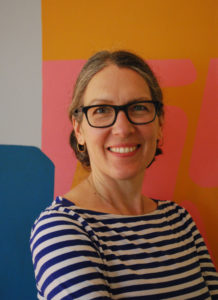
Author Molly B. Burnham holds a Masters in Elementary Education and studied acting. As a teacher, she learned that combining these two makes a powerful way to teach children to write.
“An effective classroom is like a laboratory; it’s a safe place to explore ideas, collaborate, make mistakes and revise thinking. But this environment can often fail to translate when students face a blank page. Improv can be a great way to reinforce the message that writing can be fun, because in Improv, there are no wrong answers.”
Read all the ways improv helps to Use the Power of YES to Teach Writing in Classrooms by authors Lisa Papademtriou and Molly B. Burnham
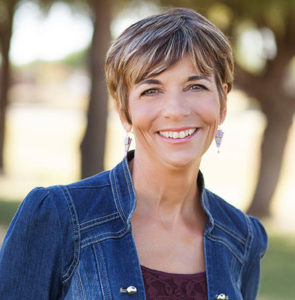
Reading a book about how poems can strengthen students’ writing in any genre, author Dianne White realized the same could be said for picture books.
“Picture books, like poems, are teachers, too. These compressed packages of story can be sources of inspiration for any kind of writing a student might try. Within a picture book’s pages, readers will find – in 1000 words or less – every style and type of mentor text one could imagine. The wide variety of genres (realistic fiction, fantasy, folktale, nonfiction, etc.), structures (prose, poetry, graphic novel, etc.) and voices (lyrical, humorous, conversational, serious, etc.) provide no end of inspiration for students honing the craft of writing.”
Read more about how Picture Books are Teachers by Dianne White
POETRY
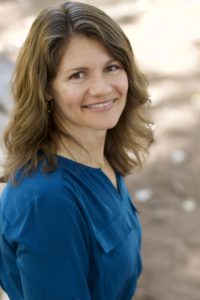
A former teacher, Caroline Starr Rose knows how difficult it can be to get young students to learn about poetry. Too often, they see poetry as words for people who like love and other sappy things. As an author, Caroline has found that verse novels are great ways to show kids that poetry is for everyone.
“Verse novels pushed me one step closer to the world on the page. Each word spoke doubly — first telling the story, second helping me feel it. My students were right about the love thing. Poetry heightens the emotions. And verse novels made stories come alive for me in a way they never had before.”
Read more about How Verse Novels Bring Poetry to Life for Students by author Caroline Starr Rose
REVISION
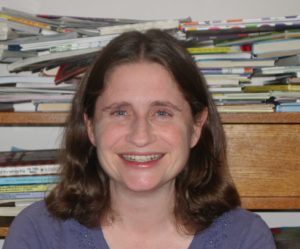
Revision is the most popular topic author Laura Gehl is asked to talk about when she’s presenting at schools, so she’s had plenty of practice. In teaching about revision, Laura gives concrete examples:
“After reading BABY ASTRONAUT to students, I ask, ‘How many words in this book stayed the same from the first draft to the final draft?’ Students are astonished when they find out the answer is 1! Just one word (baby) stayed the same from start to finish.”
Read more Teaching Revision Tips by Laura Gehl
READING
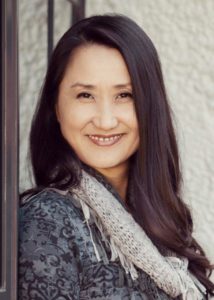
Reading is often seen as a chore to children, especially when they’d rather be playing videogames or watching TV. But giving them a love of reading empowers them to do so much more. Author/illustrator Salina Yoon identified 10 ways to empower kids to read, including performing books, creating fun reading spaces and more. She even gives some non-reading examples:
“Not all literary activities have to include reading or writing. Celebrate Halloween by decorating a class pumpkin based on a literary character. Present and display these pumpkins along with a copy of the book for the whole school to see. This is a fun and creative way to celebrate books.”
Check out all the tips in 10 Ways to Empower Kid Reading by author/illustrator Salina Yoon
CREATIVITY

If there’s anyone who knows how to nurture creativity, it’s the author who came up with chickens in space, parts of speech in a playground, and books that warn NOT to be opened—Adam Lehrhaupt.
“Whether it’s writing or another creative pursuit, we don’t want to make any barriers. We want to make being creative as fun, simple, and accessible as possible. We want to find ways to break down those barriers. In my school visits on ideas and creativity, I run audiences through a number of fun exercises to help them connect to their creative sides. Simple things that anyone can do to foster a bit of creative play from pre-K through adult.”
Check out all the tips in 7 Ways to Use Books to Spark Creativity in Kids by author Adam Lehrhaupt
NATURE
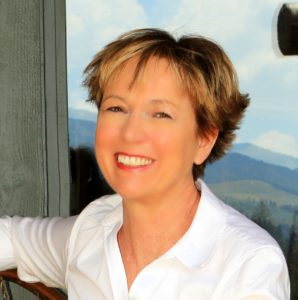
When author Janet Fox was a middle grade English teacher, one of her biggest challenges was reaching reluctant readers. But along the way, she discovered that her love of geology was the answer.
“Though my students were age 12 and older, I often used non-fiction picture books in the classroom because the combination of illustration and well-researched text drew in precisely those students I needed to reach most – the reluctant readers. A selection of well-chosen picture book texts allows a child to explore her unique interest – dinosaurs, space, weather, mountain-building – and can become a gateway to more complex STEM material.”
Read more about using books to teach about nature in The World Outside the Window: Using Non-fiction Books in the Classroom by author Janet Fox
School visits are also fantastic ways to supplement curriculums and inspire young students. Check out all our clients and book your next school visit.
